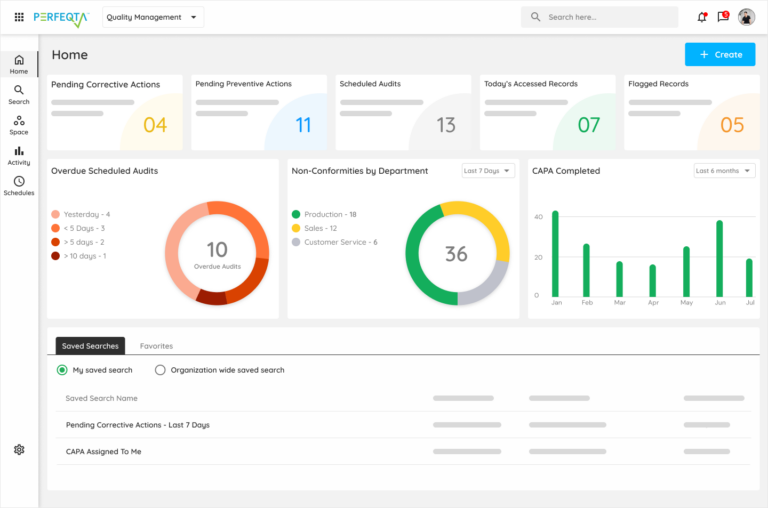Quality Metrics and KPIs Every Manager Should Track
Monitoring the right quality metrics and KPIs (Key Performance Indicators) allows managers to identify issues, measure progress, and drive continuous improvement.
But with so many potential data points to track, it’s essential to focus on the vital few metrics that provide meaningful insights.
Here are 12 recommended quality metrics and KPIs that every quality manager should track:
1. Customer Satisfaction
Customer satisfaction surveys and feedback scores provide the voice of the customer. Low satisfaction indicates quality problems.
2. First Pass Yield
The percentage of units passing inspection the first time reveals process stability and proficiency. A low first pass yield signals excessive defects.
3. Return Material Authorizations (RMAs)
Analyzing return frequency and root causes helps reduce future product failures and warranty costs.
4. Supplier Defects
Tracking defects originating from suppliers shows which vendors present risks and require intervention.
5. Cost of Poor Quality
COPQ metrics like cost of scraps, rework, returns etc. quantify the financial impact of quality problems.
6. On-Time Delivery
Late deliveries frustrate customers, so monitoring on-time delivery shows supply chain reliability.
7. CAPA Effectiveness
CAPA cycle times and outcomes demonstrate how well issues are contained and corrected.
8. Training Completion
Training coverage and compliance rates reflect organizational readiness and competence.
9. Audit Scores
Internal and external audit findings identify areas for improvement.
10. Lean Metrics
Lean metrics like process cycle efficiency and value-added vs. non value-added analysis improve processes.
11. Quality Culture Surveys
Assessing employee perceptions and attitudes towards quality provides the internal voice of the customer.
12. ISO 9001 Compliance
Adherence to QMS requirements indicates how robust quality foundations are.
Automated dashboards make tracking and trending quality metrics easier. But focus on key metrics aligned with strategic goals, not everything available. Quality metrics and KPIs provide the roadmap for continual improvement when selected and used wisely.
Frequently Asked Questions
Here are some common FAQs on quality metrics and KPIs:
Tracking the right metrics and KPIs is crucial for quality managers seeking continuous improvement. Aligning metrics to organizational priorities and quality dimensions ensures the most impact.


